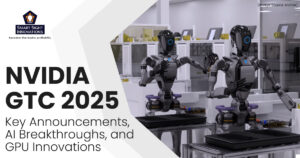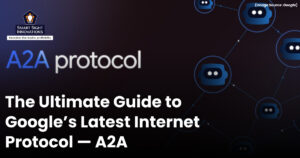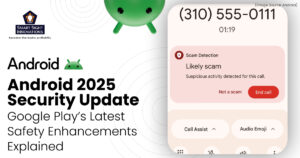 Since its invention in the year 1989, the World Wide Web has continuously evolved during the last 30 years. The content display style has drastically changed during these phases. The recent visible change is the responsiveness of websites to ensure the site opens correctly on multiple types of devices and browsers.
Since its invention in the year 1989, the World Wide Web has continuously evolved during the last 30 years. The content display style has drastically changed during these phases. The recent visible change is the responsiveness of websites to ensure the site opens correctly on multiple types of devices and browsers.
The potential of the responsive web is already being tested by recently released voice personal assistants, smartwatches, and other smart devices. The number of such devices is set to increase due to the advancement and adaptation of IoT technology. As per a report released by Gartner, more than 20.4 billion connected things will be in use worldwide by 2020.
Driverless motor vehicles, smart home appliances, the web of security cameras, sensors, etc. would all load and display web content in the future.
Web developers need to ensure that their websites remain easily accessible for these varied gadgets. Engineers must start working early to avoid the last-minute rush that was witnessed after the introduction of mobile web browsers.
IoT and AI-powered Smart Devices
Put simply, Internet of Things devices or smart gadgets are always connected to the internet so that they can be controlled remotely. IoT devices that work with Artificial Intelligence are capable enough to study a pattern and make decisions automatically. The gadgets consist of network connections, inbuilt technology, functional software, and sensors. Virtual assistants, remotely controlled surveillance cameras, driverless cars, and smartwatches are the most common examples of smart devices.
Early Adopters Of The New Trend
Until recently, minimalist design component, image optimization, and content delivery networks were considered as essential components. These factors also play a prominent role in the site’s performance. However, IoT devices are set to change the math with thousands of their additional automated requests.
Virtual assistants like Amazon Echo and Alexa are just the beginning. Several new devices would directly interact with web properties. Developers need to architect their portals to accommodate these new breeds of devices and their users. The change would also require new security and technological resources.
Fortunately, engineers have several years to design and implement changes. For addressing the Internet of Things technology, several advanced design techniques, widgets, and innovations are expected to be introduced in the market. However, getting ready for the change is crucial to ensure no one is left behind.
Some developers have folded their sleeves and are testing IoT optimized landed pages. Several websites around the world have proved to be early adopters of the new trend. They use minimal text and small icons for pages meant to be used by smartwatches, refrigerators, and other Internet of Things devices that are in the testing phase.
For Ensuring That The Website Integrates With The New Technology, Web Property Owners And Developers Need To Pay Attention To The Following Key Aspects.
Early adopters also recommend developers to reduce the dependency on JavaScript. Another suggested approach is the use of CSS so that the site would be able to respond appropriately to smaller screens. Creating dedicated pages for such small devices can also prove to be worth testing. The use of high-contrast colors can ensure satisfactory visibility.
New Design Decisions
Pretty fantastic looking gadgets of the future could include a wide range of computer displays. Smart car dashboards, windows, intelligent mirrors would all display the web on them.
Web developers need to consider the limited color range that these windows, mirrors would be able to display. The contrast between colors would remain crucial when it comes to displaying content. The colors need to be bright enough when the displays are held against a background like a sky, bathroom scene, garden, etc.
CSS Perspective
From a CSS perspective, web pages need to be able to detect and work with incredibly small display resolutions.
Styling menus to fit in the tiny screen could be challenging. Techniques like flexbox can help in restructuring the layout for such screens. New standards and rules need to be in place for displaying text in larger fonts on a mini screen. Several web developer communities are already working towards the same.
Reliance on JavaScript Is Not Recommended
Studies have pointed out that IoT devices find it difficult to access websites that rely on JavaScript. Engineers believe that the community’s reliance on JavaScript may prove to be a headache. Some of the low powered personal devices may prove incompetent to handle or run JavaScript while accessing the web page content. Thus, ensuring that the website can work without JavaScript can prove to be helpful.
Interact with engineers at any reputed Internet of Things Development Company in India; they would also recommend the same.
Incredibly Useful WAI-ARIA
Websites that have implemented WAI-ARIA techniques make browsing easy for users with disabilities. Plus, they would probably require lesser rework during the coming days. Believe it or not, techniques and widgets that make the web user-friendly for individuals with disabilities can help in making the web property accessible to smart gadgets.
WAI- Web Accessibility Initiative and ARIA- Accessible Rich Internet Applications can be used effectively with HTML5.
Are you searching for an IoT development company? If you wish to ensure your website remains compatible with the latest smart gadgets, you should consider discussing your project with engineers at Smart Sight Innovations. The IoT service provider has an experienced team of engineers trained by industry experts.














